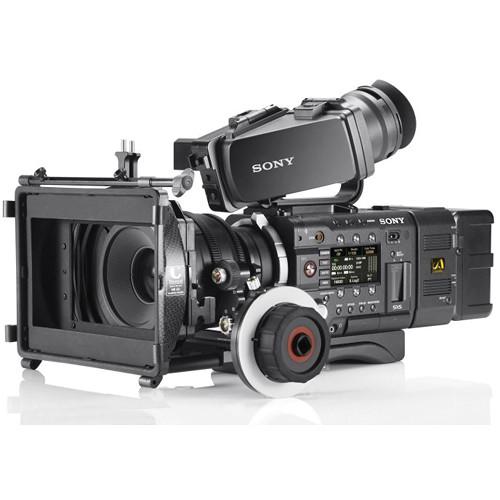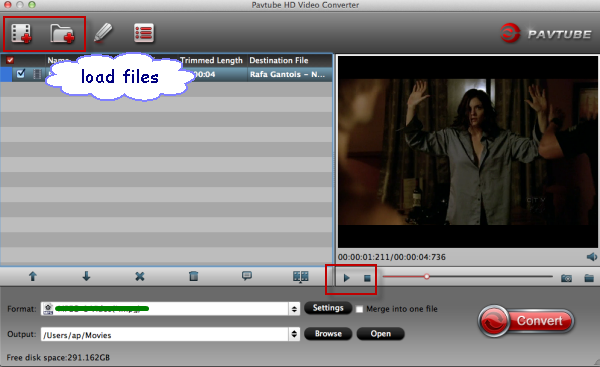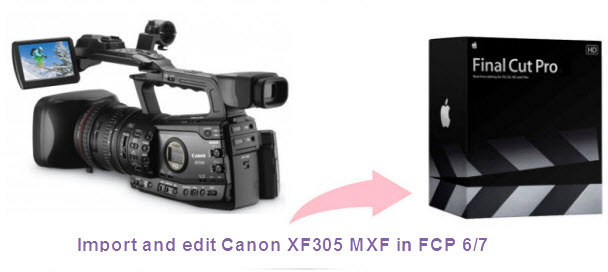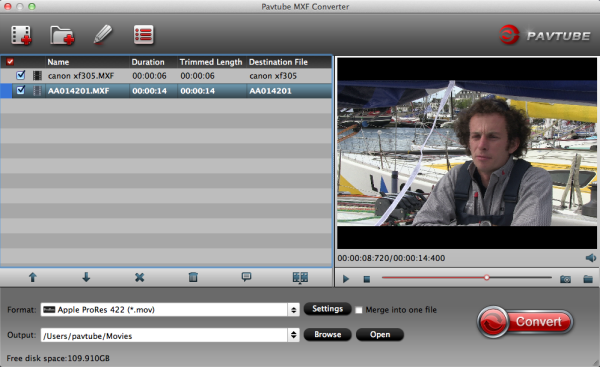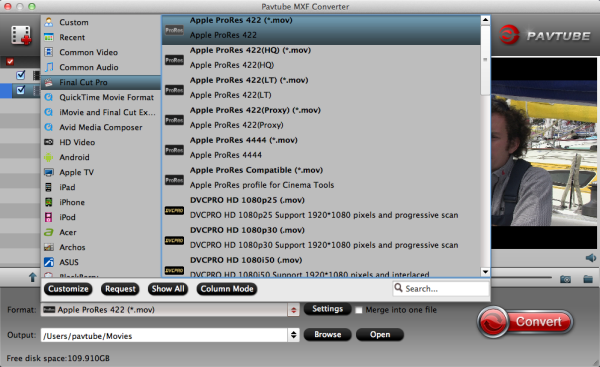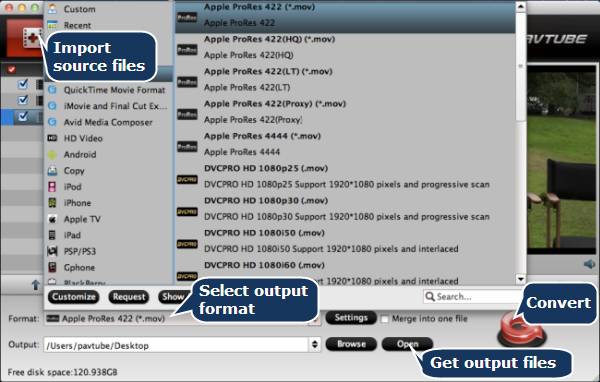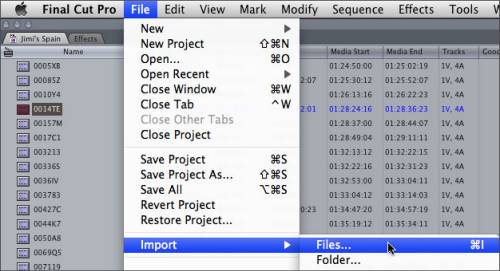Are you a beginner of video editing? Do you want to edit the hundreds of movies shot by cameras, camcorders, Smart Phones, and tablets in various formats? Do you want to save your storage space by trimming and deleting unwanted parts from MTS or M2TS videos without quality loss? Do you want to convert camcorder videos into Apple ProRes, AVI, or other formats for better editing in Final Cut Pro, Avid Studio, Adobe Premiere, Pinnacle Studio, Sony Vegas, Windows Movie Maker, etc? Do you want to remove ads from TiVo shows and watch them on your tablets, SmartPhone or Apple TV?
If yes, you can do all of the above with one simple and easy video editing software for beginners, Pavtube Media Magician, or its Mac version, Pavtube Media Magician for Mac.
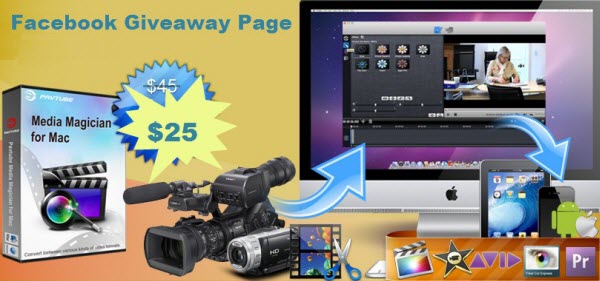
Free Download and Trial for Windows or Mac
Free Trial on Windows
Free Trial on Mac 10.5 & 10.6
Free Trial on Mac 10. 7 & 10.8
Satisfied with it? Ready to Buy? Leaked a way for you to save money: if you buy Pavtube Media Magician in Facebook Giveaway page, you will Get 45% OFF, Save $20, God! Awesome! If you are camcorder fans, this product is absolute value for money!
See Also: FaceBook Leak: 45% OFF to Get Pavtube Media Magician – A Useful Video Editor and Converter


What can Pavtube Media Magician (for Win or Mac) help you?
Input:
Camcorder footages: MXF, AVCHD(MTS, M2TS), AVCHD Lite(MTS, M2TS), MOV,TOD, MOD, etc.
Other video formats: *.avi,*.divx, *.wmv, *.wma, *.asf, *.dvr-ms, *.wav, dts in wav, *.rm, *.rmvb, *.ra, *.mov, *.qt, *.mp4, *.3gp, *.3g2, *.dv, *.m4b, *.m4v, *.m4a, *.aac, *.flv, *.f4v from YouTube, Hulu, Fox, etc., *.dat, *.mpg, *.m2v, *.m2t, *.m2ts, *.ts, *.tp, *.evo, *.mkv, *.dv, *.flc, *.fli,*.gxf, *.pss, *.mvi, *.mtv, *.vdr, *.pmf, *.pva, *.k3g, *.vp6, *.nsv, *.nuv, *.dmskm
Output:
Common format: MPEG-2 (*.mpg), MPEG-4 (*.mp4), *.avi, *.wmv, *.mov, *.mkv, *.m2ts
Device: Andoid Tablets and smart phones, Windows Tablets and smart phones, iPad, iPhone, Apple TV, HD Player, PSP/PS3, HDV
Editor:
For Windows: Avid Media Composer (*.mov), Adobe Premiere & Sony Vegas (*.wmv, *.mov, *.mpg), Adobe After Effect(*.mpg, *.mov), Cybelink PowerDirector (*.avi, *.wmv), Pinnacle Studio(*.mp4, *.mpg).
For Mac: iMovie and Final Cut Express (*.mov), Avid Studio (*.mov), Adobe Premiere (*.wmv, *.mpg, *.mov), Adobe After Effect (*.mpg, *.mov), Apple Aperture (*.mov), Final Cut Pro (Apple ProRes MOV).
Lossless: Original format (*.mts, *.m2ts, *.mod, *.tod), MKV (*.mkv)
Online: YouTube (*.mp4, *.webm)
Features:
Import/ backup/ manage camcorder footages
The smart camcorder wizard helps connect camcorders to PC and import directly from camcorder or backup camcorder videos to local.
Lossless output from AVCHD MTS to MTS or MKV
Output Apple Prores MOV, lossless MTS/MKV, MPEG-2/4, AVI/WMV/MOV/MKV/M2TS.
Output Apple ProRes MOV for editing in FCP without rendering (Mac only)
As long as you have right version of FCP installed, you can output Apple ProRes MOV like Apple ProRes 422, Apple ProRes 4444, etc.
Timeline editing easily trim, cut, delete, and join
To output videos you can drag relative source from resource list and trim, cut, delete, and join. You can seek the clip frame by frame.
Add 3D and other special effects to clips on timeline
Want to get 3D effect to your clips? It’s easy with Media Magician. Just a one click, you can add the effect. And you can also add simple Gauss blur, old film, etc.
Enlarge or reduce original volume
If the volume is too large or too small, you can drag bar in Volume Adjustment section to enlarge or reduce.
Adjust brightness, contrast, and saturation
For footages shot with low light or bad color, you can easily make them better with the help of brightness, contrast, and saturation adjustment.
Easily choose output formats with one click
With the preset output profiles, you can choose the right settings with just one click.
Output different formats from the same sources on timeline
In conversion settings section, you can create several conversion tasks with different output formats and output from the same sources placed on timeline.
Directly upload videos to YouTube
The converted videos can be uploaded to YouTube directly as long as you have set your account and relative information.
Output M2TS, MPEG-4/2, MKV, MOV, WMV, AVI files
It supports output formats like M2TS, MPEG-4 (*.mp4), MPEG-2 (*.mpg), MKV, MOV, WMV, and AVI. You can reset parameters with ease.
Easy steps to edit videos with the easiest & best video editing software
Step 1. Import video clips from hard drive or camcorder.
If importing from camcorder, clicking on the camcorder button, Media Magician will help you detect the camcorder videos. You can preview and choose which one to import, sort them by year/month/date/type, or backup files to Local hard drive.
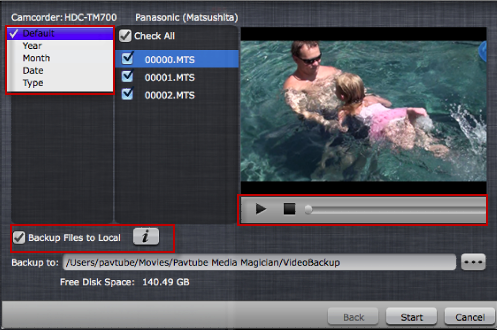
Step 2. Before editing or converting, you must drag the imported clips to timeline.
On the timeline, you can cut, trim, delete, rearrange clips without difficulties.
Put your cursor on the preview window while the video is playing, you can choose the specific frames for trimming or cutting. If you imported original MTS or M2TS files with same parameters, trim and cut the videos on timeline, and choose lossless output format in conversion tab, you will get the MTS or M2TS files trimmed or cut without any quality loss. This will help you always keep useful clips and periods. Save your storage space and keep you from spending money on those expensive storage spaces.
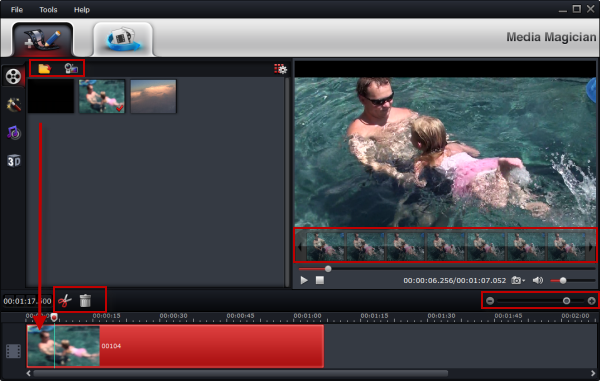
Step 3. Edit the video by Add effects, adjust brightness and volume, etc.
You can go to the right tabs to add special effects like aged file, simple gauss blur, gray, etc. If you shot the video in vertical or upside down, you can easily flip it to the right location with just one click. If the video is shot in dark environment, you can even adjust it to make it brighter. Volumes also can be enlarged or reduced easily.
If you like, you can also add red-blue or red-green 3D effect to the video.
Note: Options in this section will not take effect on the clip if you want to output lossless video formats.
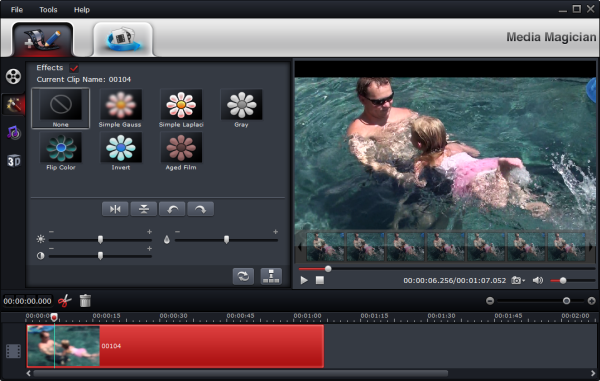
Step 4. Choose the right output format and convert in batch.
Switching to the conversion tab, you can create conversion tasks by clicking the “+” button. Highlight a task on the left, and you can choose the output format on the right under relative category. Clips you placed and edited on the timeline can be output into different formats in batch.

Note:
1. Lossless: Only MTS/M2TS/MOD/TOD format videos with the same parameters can be output without loss. You can either output original format or MKV format.
2. Online: As long as you have inserted your account info, you can upload the output video automatically after conversion. And the video can be saved into MP4 or WebM format.
3. If you are using the Mac version, you can output Apple Prores format for importing and editing in Final Cut Pro without rendering. But you must install Final Cut Pro 7 or above in advance.
With the different output formats options, you can convert videos for editing in non-linear video editing software, Android/ iOS/ Windows 8 Tablets & Phones, uploading to Youtube and more. You will find it an all-in-one and intuitive video editor and converter.
Find the words too annoying? The following animation will show you the steps to edit videos with Media Magician.
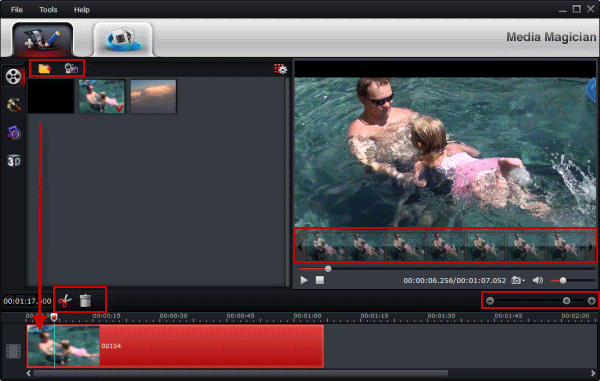
Editor's Recommendations
- Can Final Cut Pro X Edit DJI Phantom 4K video?
- Import and Edit Sony A6300 4K XAVC S to Avid Media Composer
- Tapeless MTS Workflow with Final Cut Pro 7
- Premiere Pro CC 2015 can’t import MPEG2 files
- Importing Typhoon-H 4K videos to FCP X for editing
- Tips for Importing and Editing Canon 5D Mark IV 4K MOV with Avid MC
- Top 5 best MXF video converter for Mac
- Import Canon XC15 4K footages to Premiere Pro CC
- Import 4K video (MOV, MP4, MXF, XAVC, MTS) to Pinnacle Studio for editing
- GoPro Hero 5 4K to FCP X - Importing GoPro Hero 5 4K footages to FCP X
- How to edit H.265/HEVC files in Adobe Premiere Pro?
- Compress and Convert Samsung NX500 4K H.265 video to 1080p video
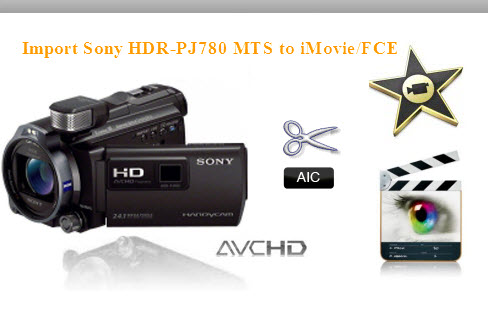
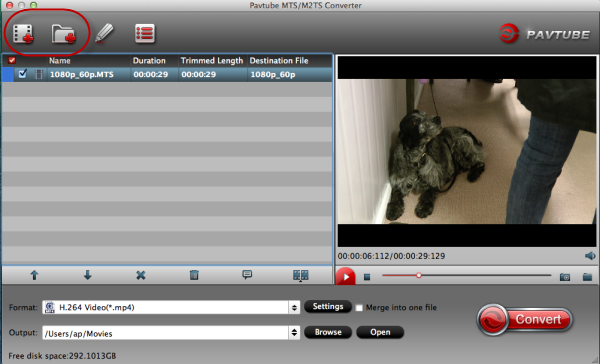
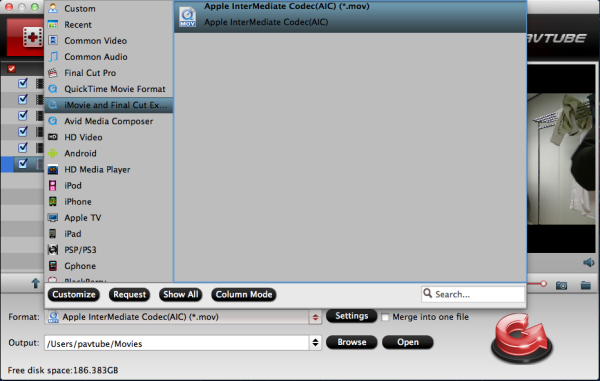
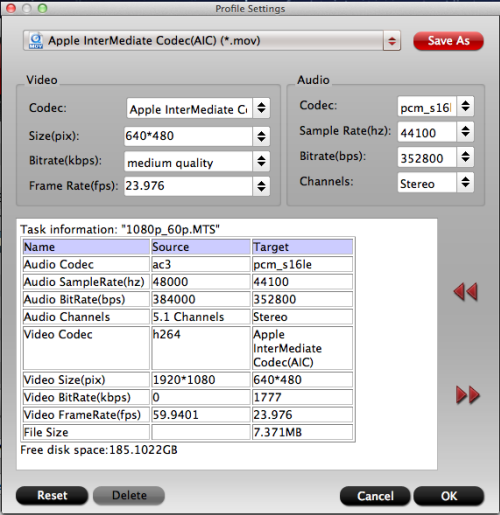

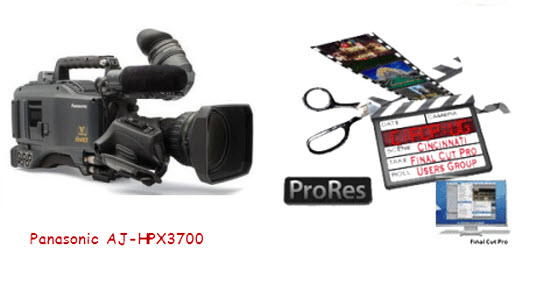
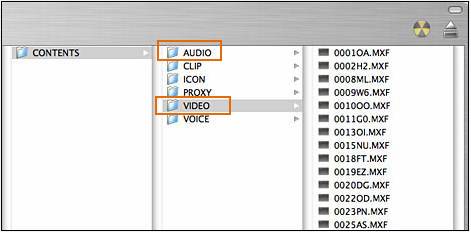
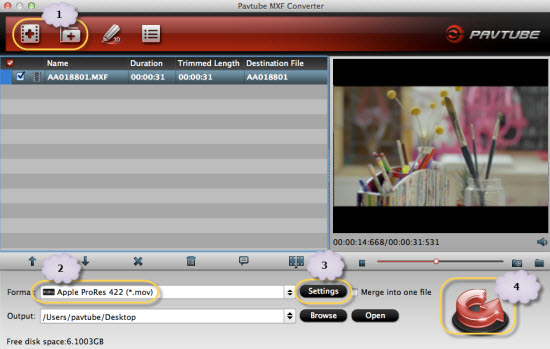
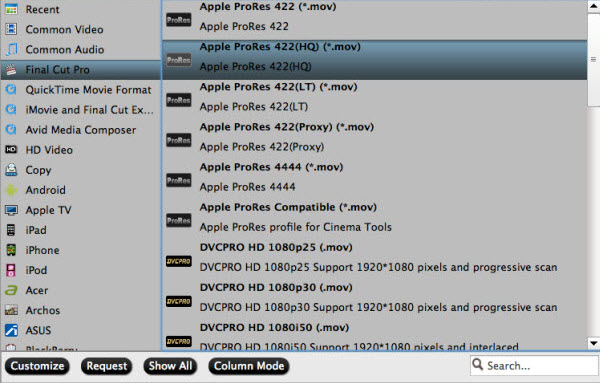
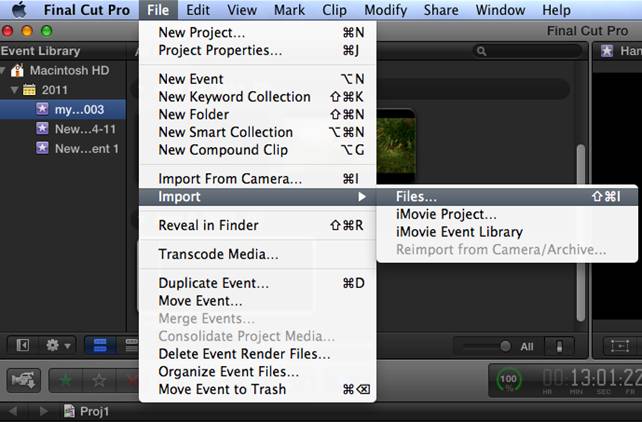


.jpg)


